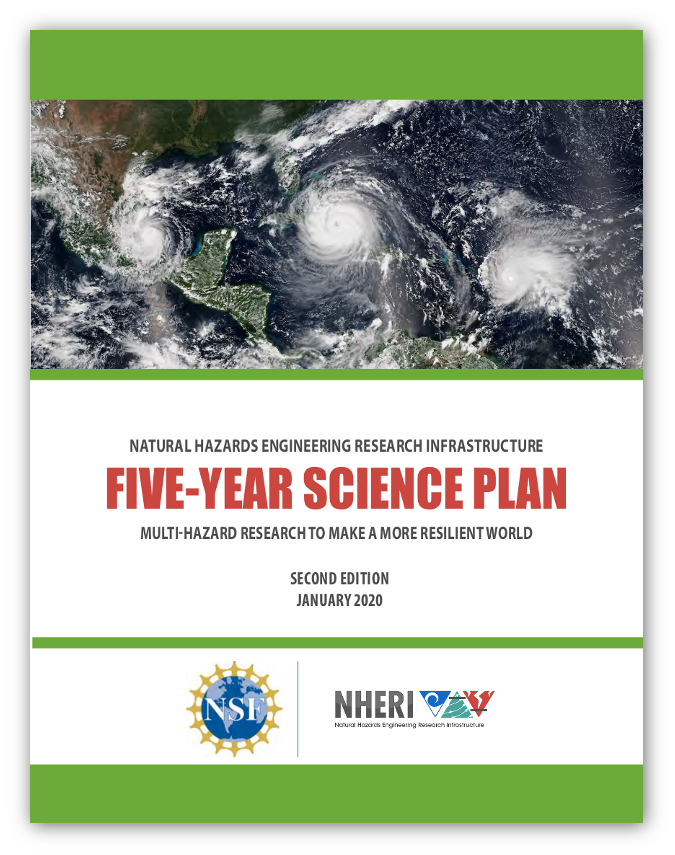Opens in a new window
Opens an external site
Opens an external site in a new window
Opens an external site in a new window
NHERI Science Plan: Developing Transformative Mitigation Actions
Published on October 29, 2021
In the NHERI Science Plan, key research question #4 asks: What are effective and potentially transformative mitigation actions to achieve community resilience, especially when considering different hazards, shifting vulnerabilities, emerging technologies, and sustainability goals?
Examples of research efforts that can address the question include the following:
- Developing sensor systems that can measure changes in civil infrastructure vulnerability due to age or hazard loading from component to system level
- Developing sensors and sensor systems that can improve the prediction of formation and motion of windstorm systems such as hurricanes and tornadoes
- Identifying, testing and developing new strategies and materials to mitigate the impact of earthquakes, windstorms and related natural hazards of tsunami and storm surge and waves on civil infrastructure.
- Developing best practices for design and construction of geotechnical, structural, and non-structural systems, including use of new materials.
- Developing methods to consider life-cycle performance under earthquakes, windstorms, and related natural hazards of tsunamis, storm surges and waves.
- Identifying and developing improvements to the sustainability benefits of proposed enhanced performance under hazard loading.
- Developing approaches by which the characteristics of natural geomaterials can be enhanced.
Find details in the NHERI Science Plan, second edition. Download here. Key research questions appear on pages 12-17.







